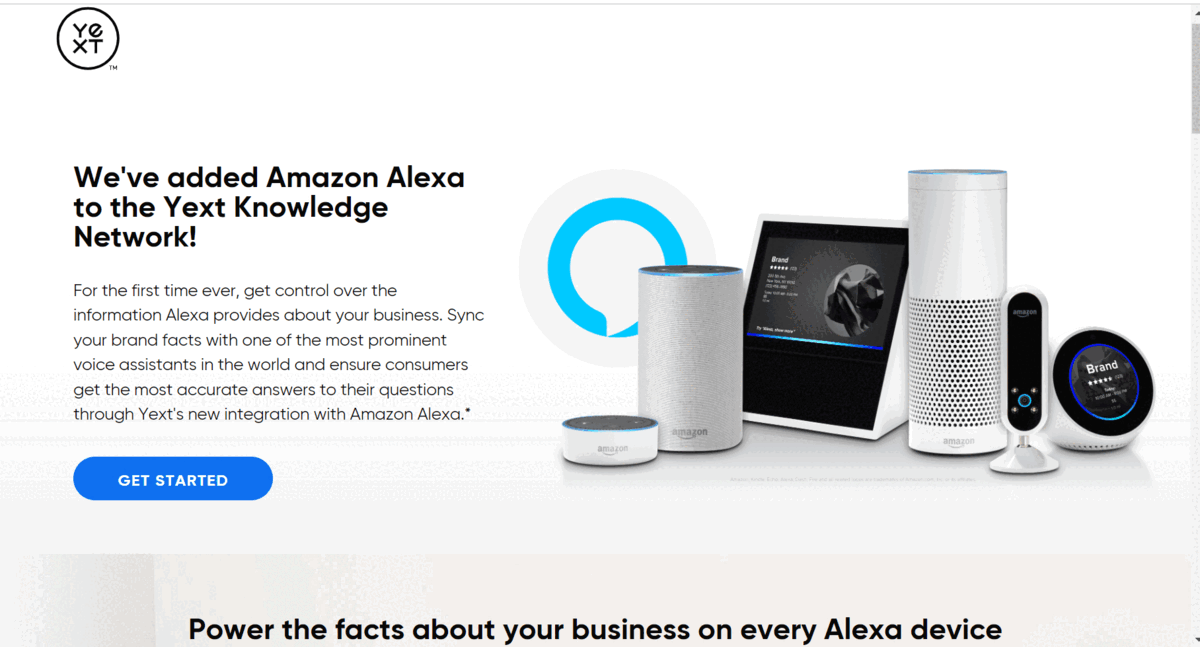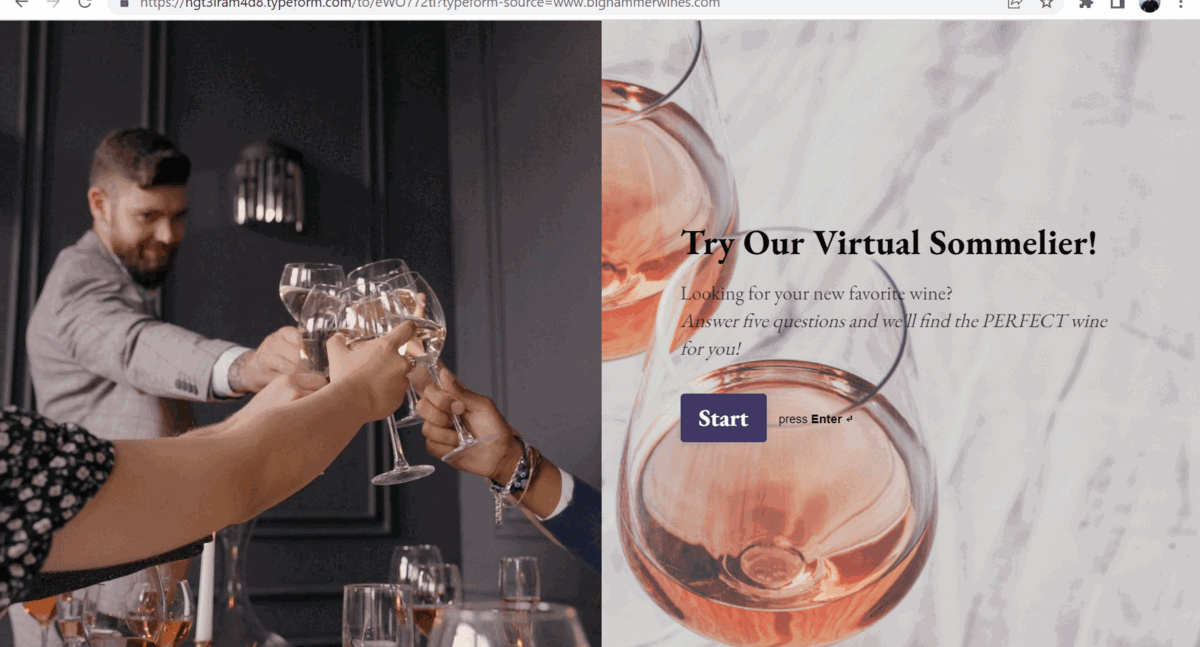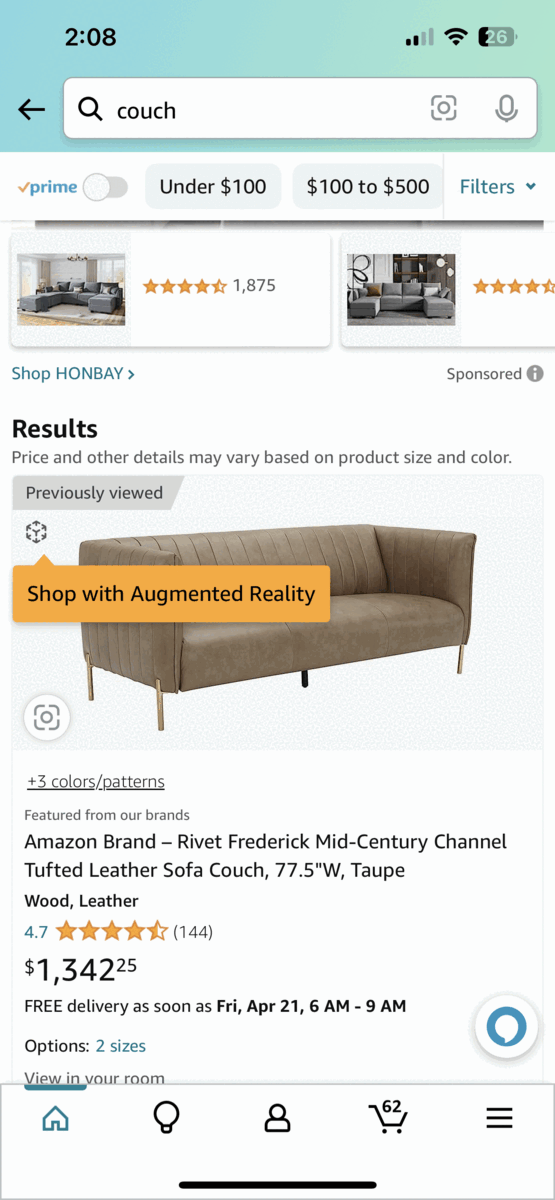How eCommerce is meeting user demands and adapting to user behavior
We witnessed the world taking a turn with the crazy technology advancements like Machine Learning and Internet Growth in 2019 but 2020 turned the world upside down especially the retail industry and consumer expectations coming with it.
Customers have always wanted a reliable, efficient and easy shopping experience. However, with the rising inflation, high demand, extreme competition and influx of technology incorporation in the ecommerce industry in recent years, their expectations have not only changed but sky-rocketed. They want more and better things at the speed of light and they have plenty of options to bounce back to if their expectations are not satisfied immediately especially with the overall customer and user experience.
Here is how consumer expectations have transformed the ecommerce UX/UI and overall online shopping experience in the last 2–3 years and how retailers are keeping up with it using updated tech.
Customers’ expectation of expedited service
With online shopping becoming the new normal, consumers don’t expect to wait for a reply, a product suggestion or other important information from brands they interact with.
They want to be answered NOW and brands are keeping up with these somewhat predictable expectations using AI and Machine Learning.
Chatbots accelerating customer support
Brands like Aerie and H&M are using AI Chatbots to keep in touch with their customers 24/7. These bots offer a phenomenal user experience which is as good as keeping in touch with a real person from the administration, if not better.
Aerie’s Kik chatbot is an example of the perfect deployment of Artificial Intelligence in the retail industry. Customers can get personalized product recommendations and get prompt answers to all of their queries.
H&M is another known example with an even better AI chatbot at Kik. Using photo-based quizzes to match the customers with their preferred clothes takes the UI to the next level.
Voice Interface and Visual Search making seeking of products easy
Voice Interface is one of the most astounding advancements in the e-commerce industry brought by IoT. Voice commands through devices like Google Home or Alexa had already become a part of our lives a few years ago but now they are also transforming the online shopping world. Statista claims that the number of smart speaker buyers in the US is expected to grow to almost 26M in 2021.
Amazon’s Alexa is already doing an amazing job with preparing shopping lists, sharing shopping lists with friends and family, recommending top-rated products from Amazon and even with restocking your previously bought items. It’s somewhat revolutionary.
Voicebot’s statistics show that groceries are the top product category in voice commerce. We are waiting to see what could be next?
One of the examples is Yext — creating innovative products and solutions to lead the way in building digital experience software. They recently integrated Alexa into their product. Customers can help Alexa answer questions by giving it the best, most up-to-date information about your business. Watch the video to learn more.
Yext Alexa Integration
Similarly, incorporating visual search in the user experience has helped the retailers brands meet the customers’ expectations of prompt and easy-to-use UX.
Shein, a popular fashion brand enhances their user experience with a highly effective image search option.
Similarly, Wayfair, a leading American brand that sells furniture and home goods offer visual search options to their customers and enhances the user-experience.
Customization each transaction
Everything online has become personalized in recent years due to easy and strategic access to data and customers want nothing less from their favorite ecommerce brands. Instapage’s statistics report says that 80% of consumers are more likely to buy from a brand that offers personalized services.
Personalizing product suggestions
Many retailers have introduced personal product recommendations according to a customer’s preference using Artificial Intelligence and Machine Learning. With smart browse tracking, location tracking, product search history, purchase history and smart quizzes and chatbots, brands like Big Hammer Wines and Bariatric Fusion are taking the lead in offering personalized services to their customers.
Big Hammer Wines uses a hyper-engaging 5-question quiz to suggest the most suitable wines to its buyers according to their taste and budget. Taking this quiz doesn’t even feel like a chore and you’re paired with the best, affordable options.
Similarly, Bariatric Fusion lets you prepare your own Protein Tub Bundle through a quick 3-step process. Choose your flavors and not only get your customized product but also get a discount.
What a way to make the visitors happy!
Augmented Reality offering custom shopping experience
We’ve seen AR and VR transforming the gaming world but these technologies have done more for the ecommerce brands and user experience in the last few years as well. According to Bigcommerce’s statistics report, 63% of customers say that AR would transform their shopping experience.
Brands like Sephora offer perfect examples of perfectly deployed AR technology according to their customers’ expectations.
Sephora’s Virtual Assist lets you try on different makeup looks and outfits before you finally make a purchase. For a woman who loves to dress up, this experience is nothing less than being in heaven. Perfect conversion strategy!
Amikasa is another example of perfectly deployed AR technology as it allows the users to design and furnish their dream house using the real products from the real brands online. It helps them make the right and informed buying decisions. Not only this but using Virtual Reality, 3D Animations and Illustrations have also taken the product experience to the next level catering to the customers increasing expectations.
How can I not mention Amazon shopping experience on the app.
Concluding statement
Omnichannel access to the internet has become the biggest disruptor in the world of product design and user experience. Evolving technologies with always expanding user expectations are keeping the designers at edge.
However, there is no one perfect solution to all of these problems but making the customers efforts easy and experience better we need to stay updated on technologies like AR (Augmented Reality), AI (Artificial Intelligence), VoC (voice of customer), and lastly Machine Learning.
Incorporating customer research tools across all channels and touch points can help you design a better shopping experience and business leading to upscaling brand reputation and increased satisfied customers.
Please note these are just my observations at the industry trends, and I am sharing my learnings. If you like this content or want a pivot, please share your feedback and suggestions in comments.









